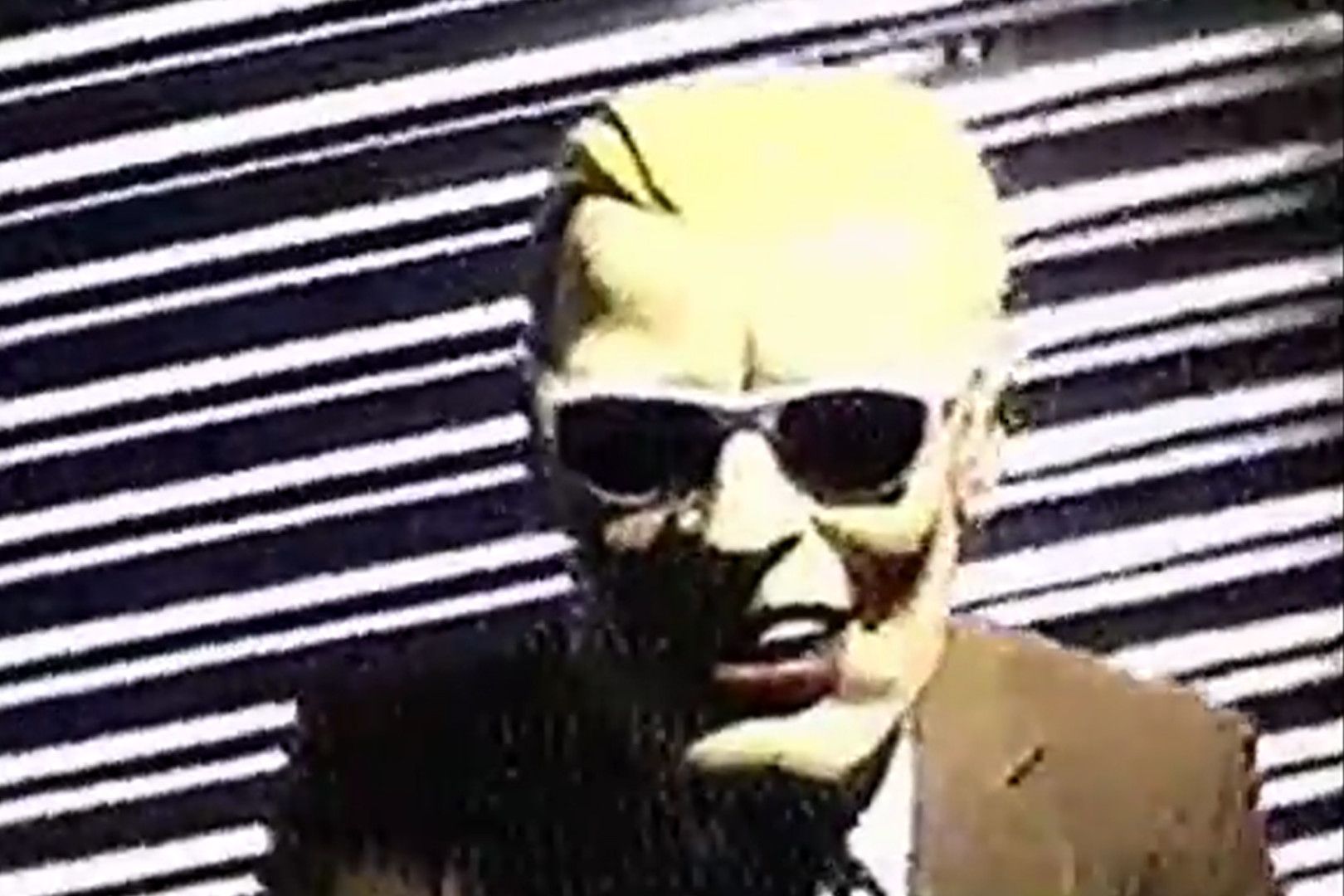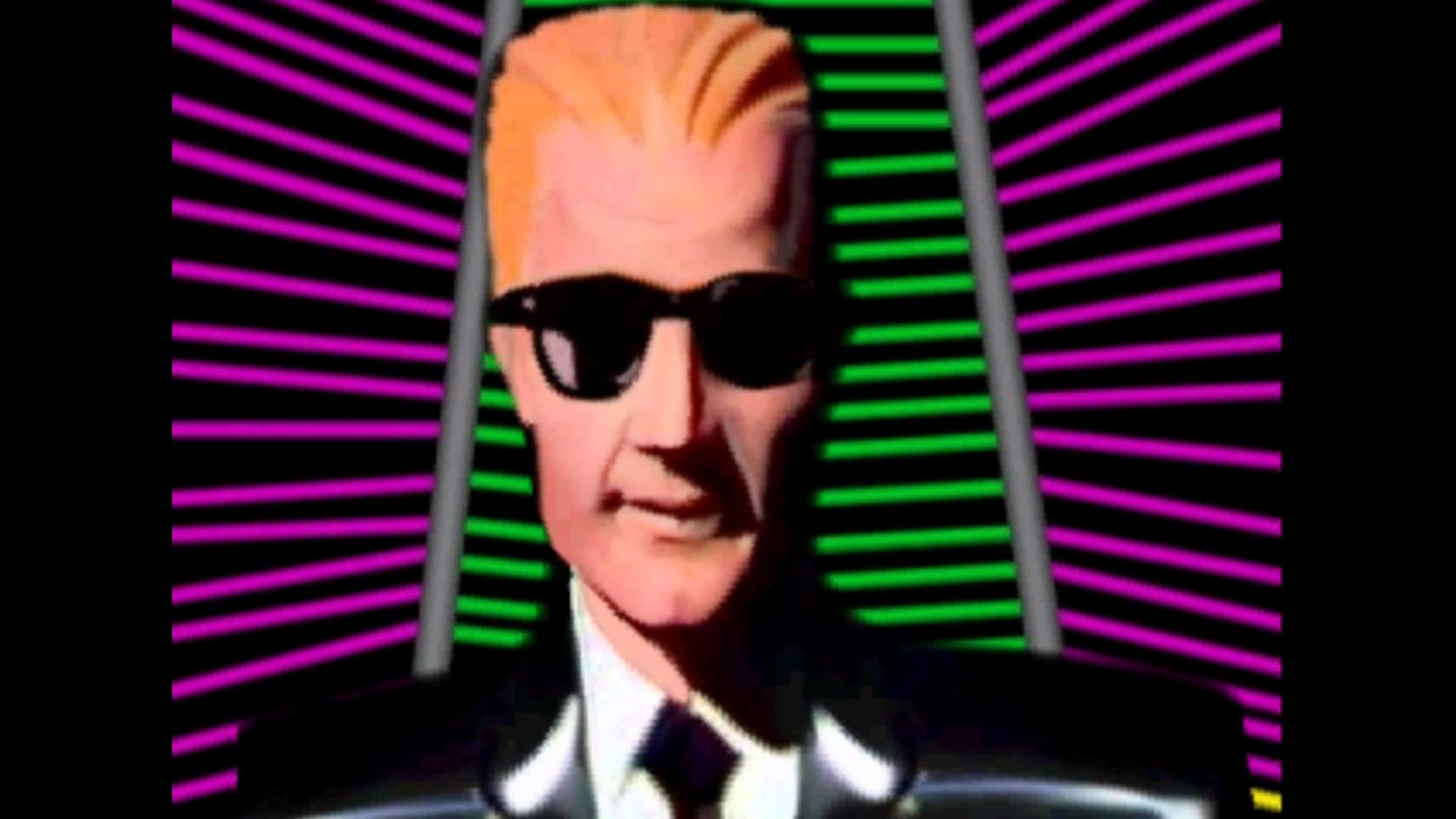

Once again the star visited the USA to appear on Tonight With David Letterman prior to the second season of The Max Headroom Show being transmitted there. He had now become a pop star too and also starred in the video for the single. After returning to the UK Max teamed up with the Art of Noise and climbed the British singles charts with the smash hit Paranoimia. In 1986 Max went to the United States to star in a long running ad campaign for Coca-Cola and became Britain’s biggest export of 1986. Max Headroom had hit the big time, and he knew it. He even found time to star in a number of television commercials for Radio Rentals. The public couldn’t get enough of the computer generated television presenter and a video of his television movie was released on a VHS videocassette along with a video game based on the movie. Max Headroom had become so famous in the United Kingdom that he appeared as a guest on the BBC1 chat show Wogan before going into print with two books, the aforementioned Max Headroom’s Guide To Life and Max Headroom: 20 Minutes Into The Future. (I think one of the stage hands set fire to his anorak).” And after trying to throw his weight around – all five stone of it – for weeks on end, he finally left the studio in a blazing temper.

In his book Max Headroom’s Guide To Life, Max said this of his ex-producer “We had an understanding that went beyond words – basically because we never spoke. After that show Tim was never heard of again. Later Max managed to sneak in a video about how golf balls were made before the producer eventually replaced it with a music video. A bitter rift between the two of them developed which peaked on one of his shows when he wanted to talk about the game of gold and Severiano Ballesteros but was cut off by Tim. But there was even more to Max Headroom than those qualities, there was his egotistical behaviour that resulted in insults directly being made at his then producer Tim. There were other characteristics that made him a star however, a passionate love of golf, being rude to some of his guests, his witty sense of humour and classic tips to his viewers on how they should try to attempt to look cool. But it wasn’t his personal choice in music that made Max Headroom a huge star, it was his infamous stutter that could have gone head to head with Paul Hardcastle’s hit 19 in a stuttering competition.

When his series first went out in 1985, the show was a pop music video & chat show, although Max himself preferred classical music and on occasion urged his viewers to search for old videos of Mozart.


 0 kommentar(er)
0 kommentar(er)
